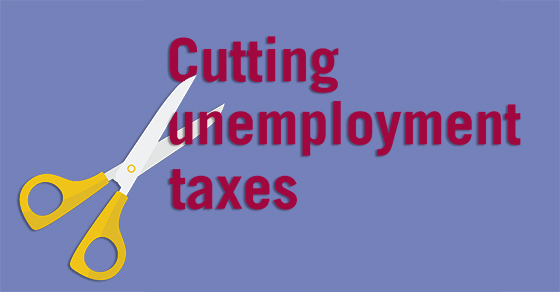With kids back in school, it’s a good time for parents (and grandparents) to think about college funding. One option, which can be especially beneficial if the children in question still have many years until they’ll be starting their higher education, is a Section 529 plan.
Tax-deferred compounding
529 plans are generally state-sponsored, and the savings-plan option offers the opportunity to potentially build up a significant college nest egg because of tax-deferred compounding. So these plans can be particularly powerful if contributions begin when the child is quite young. Although contributions aren’t deductible for federal purposes, plan assets can grow tax-deferred. In addition, some states offer tax incentives for contributing.
Distributions used to pay qualified expenses (such as tuition, mandatory fees, books, supplies, computer equipment, software, Internet service and, generally, room and board) are income-tax-free for federal purposes and typically for state purposes as well, thus making the tax deferral a permanent savings.
More pluses
529 plans offer other benefits as well:
- They usually have high contribution limits.
- There are no income-based phaseouts further limiting contributions.
- There’s generally no beneficiary age limit for contributions or distributions.
- You can control the account, even after the child is a legal adult.
- You can make tax-free rollovers to another qualifying family member.
Finally, 529 plans provide estate planning benefits: A special break for 529 plans allows you to front-load five years’ worth of annual gift tax exclusions, which means you can make up to a $70,000 contribution (or $140,000 if you split the gift with your spouse) in 2017. In the case of grandparents, this also can avoid generation-skipping transfer taxes.
Minimal minuses
One negative of a 529 plan is that your investment options are limited. Another is that you can make changes to your options only twice a year or if you change the beneficiary.
But whenever you make a new contribution, you can choose a different option for that contribution, no matter how many times you contribute during the year. Also, you can make a tax-free rollover to another 529 plan for the same child every 12 months.
We’ve focused on 529 savings plans here; a prepaid tuition version of 529 plans is also available. If you’d like to learn more about either type of 529 plan, please contact us. We can also tell you about other tax-smart strategies for funding education expenses.






